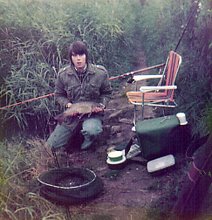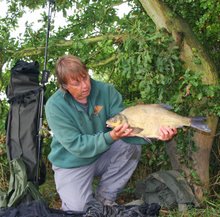Wednesday, 8 August 2012
Wild Horseradish (Amoracia rusticana)
Love it or loathe it, horseradish is a great plant to find for two reasons; it's easy to transplant and grow yourself and it's very useful in all sorts of chutney making and cooking. Look for the tall, donkey ear leaves along roadsides and on broken ground - it's the roots we want, the leaves are bitter. Remember you need the landowner's permission to dig it up if you want to stay legal...It can be mistaken for dock, but the Horseradish leaf is shiny and much bigger.
Naturally, it is the ubiquitous Horseradish sauce that is usually made with the grated root of the plant and the recipe is simplicity itself, though it only keeps for a day or so.
Add 100g of grated Horseradish to 2 tsp white wine or cider vinegar, 1 tsp of wholegrain mustard, 125 mils or so of double cream and a pinch of salt and black pepper. Mix together well, cover and store in the fridge.
Personally, I would grate the Horseradish outside - if you think that some onions are bad for the eyes - Horseradish is like teargas!
As I said earlier, I use it mainly in Chutneys; Beetroot and Horseradish being my favourite, but I tend to chop the beetroot very finely (3 or 4 mil dices) as I don't like lumpy beetroot.
750g (1lb 10oz) raw beetroot, trimmed, peeled and finely diced
1 onion, finely chopped
1 bramley apple, cored and finely chopped
2 tablespoons (about 100g) freshly grated horseradish
200g (7oz) golden caster sugar
300ml (½ pint) white wine or cider vinegar
2 teaspoons salt.
Add all the ingredients into a large pan and cook until a spoon dragged across the bottom of the pan leaves a gap behind it and the pour into sterilised jars. There are plenty of books and internet sites entirely devoted to this wonderful subject if you're really interested in making your own preserves and chutneys and I'm sure I'll be putting more recipes on here in the future as I'm often asked to...



